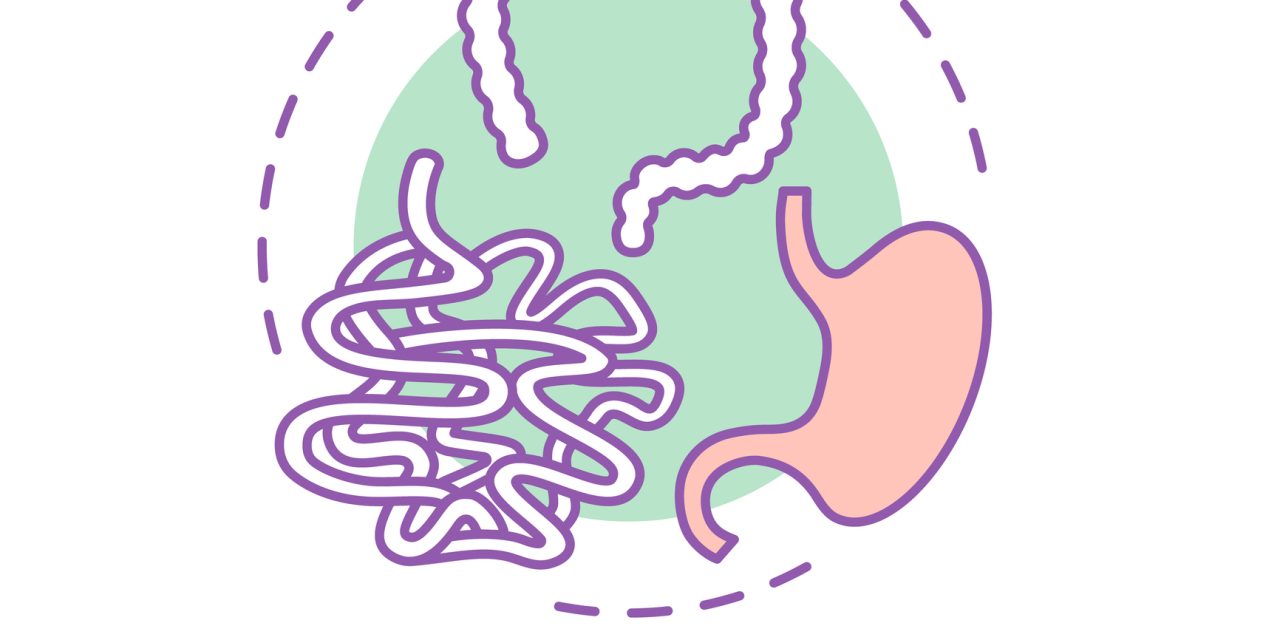Macrophages are critical regulators of inflammation and cancer promotion within the liver, and their recruitment and activation are linked to chemokine receptor signaling. However, the precise roles of the chemokine receptors CCR2 and CCR5 for macrophage functions within the liver are obscure. To review CCR2 and CCR5 in inflammatory liver injury, we used mice with a hepatocyte-specific knock-out of the nuclear factor κB (NF-κB) essential modulator (NEMO), termed NEMOLPC-KO mice, and generated NEMOLPC-KOCcr2-/- and NEMOLPC-KOCcr5-/- mice. NEMOLPC-KO mice develop fibrosis and hepatitis after two months in contrast to liver tumors that take six months to develop. It was found that deficiency of CCR5 and CCR2 led to reduced fibrosis, while CCR5 deficiency increased steatosis and tumor burden in NEMOLPC-KO mice. CCR5 promoted stellate cell activation, whereas CCR2 was required for the recruitment of hepatic macrophages. The reduction of macrophages and monocytes by anti-Gr1 antibody or clodronate-loaded liposomes (CLL), but not of CD8+ T cells or NK cells, significantly aggravated liver injury in NEMOLPC-KO mice and was intensified further in NEMOLPC-KOCcr5-/- mice.
The transfer of ex vivo dampened CLL-induced liver injury generated macrophages, whereas the transfer of control CD115+ immature monocytes did not reduce liver injury. Although CCR2 and CCR5 principally promote liver fibrosis, they exert differential functions on hepatic macrophages during disease progression in NEMOLPC-KO mice. Macrophages critically regulate liver inflammation. Employing a genetically determined hepatitis mouse model, they found that CCR2 controls monocyte and macrophage recruitment to injured livers, while CCR5-dependent functions of liver macrophages limit hepatic injury, thereby reducing steatosis and hepatocarcinogenesis.
Ref: https://www.cmghjournal.org/article/S2352-345X(20)30136-3/fulltext


